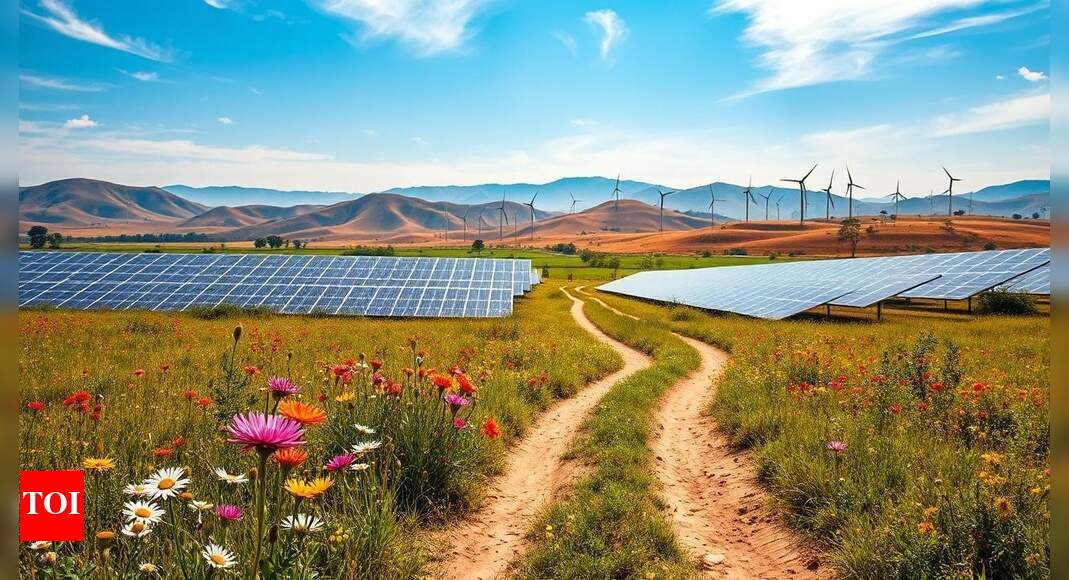Key Takeaways
- India’s power capacity reached 476 GW by June 2025, with 49% sourced from non-fossil fuels.
- Coal remains dominant, contributing over 91% of thermal energy, while renewable capacity has tripled since 2014.
- The government aims for 500 GW from non-fossil sources by 2030, with significant projects already underway.
Current Energy Landscape
India’s installed power capacity has reached 476 gigawatts (GW) as of June 2025, with non-fossil fuel sources accounting for 49%, or 235.7 GW. This includes 226.9 GW from renewable energy and 8.8 GW from nuclear power, as per a government report released on Sunday.
Despite this progress towards clean energy, coal remains the backbone of India’s power generation, contributing 240 GW, or more than 50% of the total capacity. Thermal power, predominantly from coal, supplies over 91% of all thermal energy, emphasizing its critical role in supporting India’s rising electricity demand.
The renewable energy sector has seen remarkable growth, particularly in solar capacity, which has surged from 2.82 GW in 2014 to 110.9 GW in 2025—more than a 39-fold increase. Wind power currently stands at 51.3 GW. Overall, total installed renewable energy capacity has tripled from 76.37 GW in March 2014 to 226.79 GW in June 2025, according to the Ministry of New and Renewable Energy (MNRE).
India now ranks fourth globally in total renewable energy and wind power capacity, and third in solar power. The solar photovoltaic (PV) manufacturing sector has also expanded significantly, with module capacity increasing from 2.3 GW to 88 GW and cell capacity from 1.2 GW to 25 GW since 2014.
The Indian government aims to achieve 500 GW of capacity from non-fossil fuel sources by 2030, with 176.70 GW already in projects under implementation and another 72.06 GW nearing bidding stages. Power shortages have dramatically decreased, falling from 4.2% in 2013–14 to just 0.1% in 2024–25. Per capita electricity consumption surged by 45.8% over the last decade to 1,395 kWh in 2023–24, highlighting improved access to electricity.
However, coal continues to receive strong policy and investment support. Central Coalfields Ltd, a subsidiary of Coal India, plans to open two new coal mines in FY25, aiming to raise production by 10–12 million tonnes. The company is targeting a production capacity of 150 million tonnes by 2030, up from the 87.5 million tonnes produced in FY25.
As India strives to balance energy security with carbon reduction, the diverse energy mix that includes solar, wind, coal, and nuclear power positions the country as a pivotal player in the global energy transition.
The content above is a summary. For more details, see the source article.















